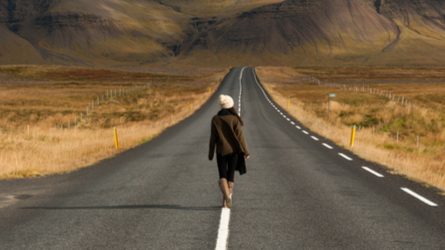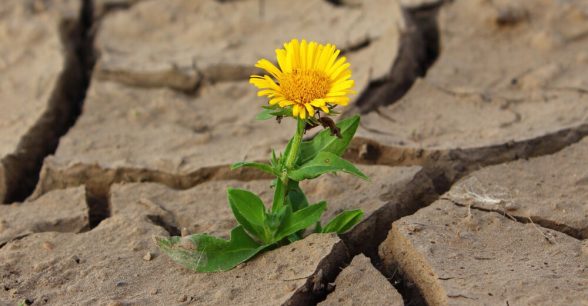Ensuring Disabled People Return to Community Living After Natural Disasters
As Texans continue to experience the fallout of flooding of historical proportions from Hurricane Harvey, safety is paramount, especially for disabled people, who are particularly vulnerable during natural disasters.
The United Nations recognizes this vulnerability in Article 11 of the Convention on the Rights of Persons with Disabilities (which the United States has signed but not ratified) calling for “all necessary measures to ensure the protection and safety of persons with disabilities” in crisis situations, including natural disasters.
After the dangerous flood waters recede, many disabled people will face ongoing struggles as they are pressured or forced into institutions. The 1999 Olmstead decision guarantees disabled people the right to live independently with support so long as they want to live outside an institution and their treatment needs can be met in the community.
But in the chaos and disruption of a natural disaster like the catastrophic Houston-area flooding, violations of Olmstead are virtually guaranteed.
For instance, people with communication disabilities who already struggle to be understood can have their needs and wishes ignored or overrun. And for people who need physical access, it often goes unnoticed that new accommodations can be added at no extra cost when rebuilding a home after a natural disaster.
In 2005, Hurricane Katrina hit Louisiana, followed by Hurricane Rita, causing similar devastation to that which Houston is experiencing now. The National Council on Disability (NCD) published a study on the impact of Hurricanes Katrina and Rita on the disabled population and found many factors forcing disabled people who had been living in the community to live institutionalized during rebuilding.
NCD profiled a disabled homeowner, Charles, who was able to afford rebuilding but unable to live in his home because there was no infrastructure to support his residency. As such, he was forced to live in an institution because his community could not adequately support and accommodate him.
NCD’s report called for going beyond mere rebuilding to “reshap[ing] the region in a manner that maximizes livability and accessibility for people with disabilities.” This is essentially a call to embrace Universal Design in the urban re-planning forced by natural disasters, so that everyone can continue to live in the community.
As we prepare to face the post-flooding phase of Houston’s natural disaster, we need to be vigilant about human rights violations, whether intentional or incidental. And as rebuilding begins, we must do all in our power to see a more accessible Houston rise from the flood waters.
If you are in need of support, please contact:
Portlight Inclusive Disaster Strategies, a national cross-disability disaster relief organization
Hotline for people with disabilities needing help: (800) 626-4959
About Rooted In Rights
Rooted in Rights exists to amplify the perspectives of the disability community. Blog posts and storyteller videos that we publish and content we re-share on social media do not necessarily reflect the opinions or values of Rooted in Rights nor indicate an endorsement of a program or service by Rooted in Rights. We respect and aim to reflect the diversity of opinions and experiences of the disability community. Rooted in Rights seeks to highlight discussions, not direct them. Learn more about Rooted In Rights




All the necessary measures to ensure the protection and safety of people with disabilities should be properly taken care of. Natural disasters devastate the entire region overnight. There are organisations helping people out there. This institution too focuses on the same. If you are in any need of help or support, you can contact this.